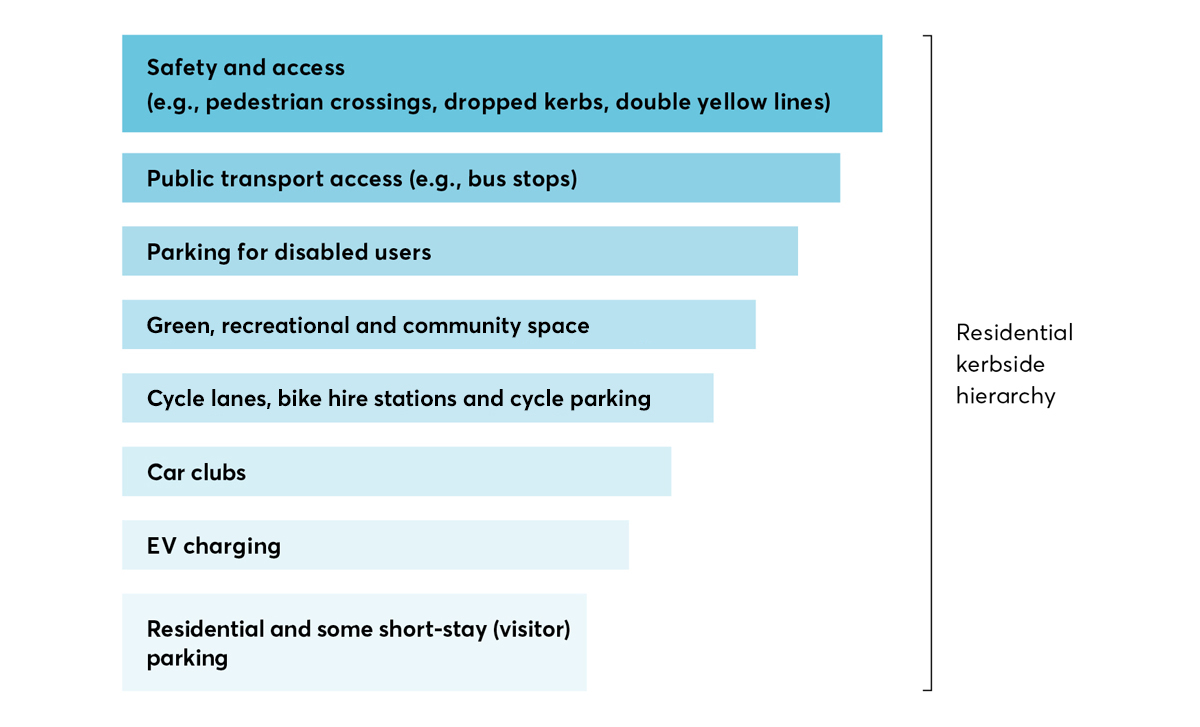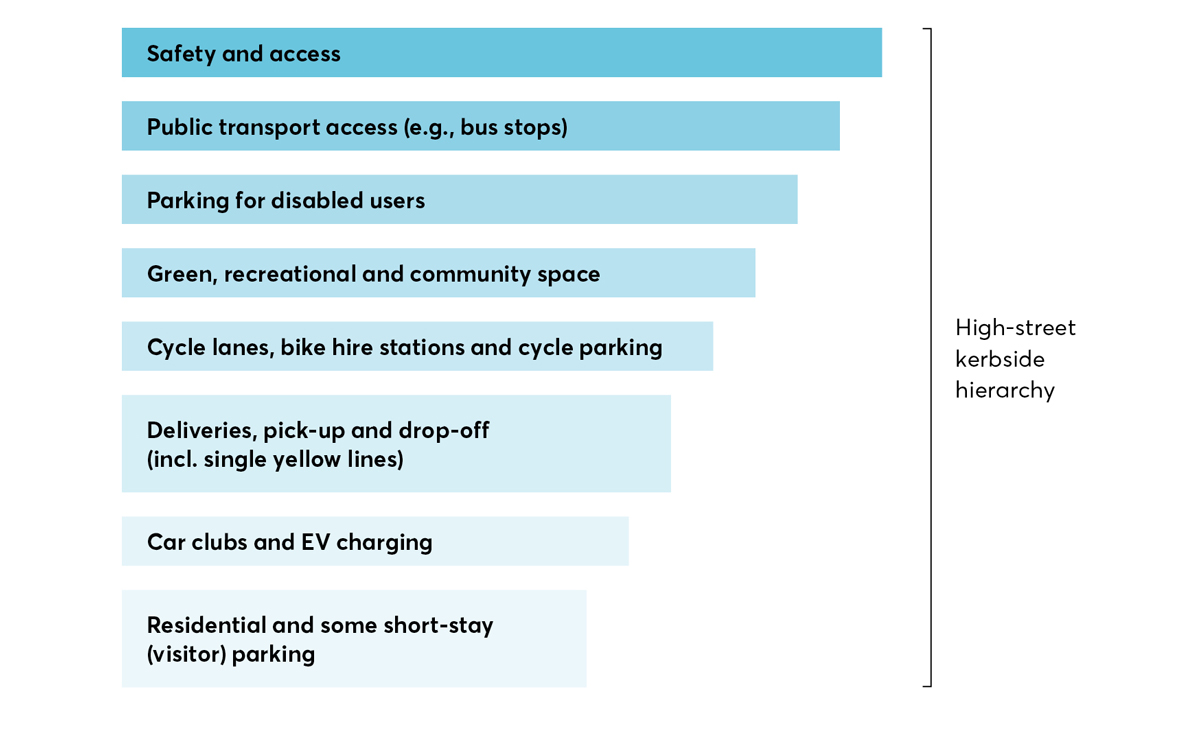It& #39;s here. The moment you& #39;ve all been waiting for, probably.
We& #39;re going to talk about parking.
We& #39;re going to talk about parking.
First things first, we& #39;re going to hit you with some stats ( https://abs.twimg.com/emoji/v2/... draggable="false" alt="🤓" title="Nerd-Gesicht" aria-label="Emoji: Nerd-Gesicht">).
https://abs.twimg.com/emoji/v2/... draggable="false" alt="🤓" title="Nerd-Gesicht" aria-label="Emoji: Nerd-Gesicht">).
Did you know that there are more than three million licensed vehicles in London, and the average car is parked at least 95 per cent of the time?
Did you know that there are more than three million licensed vehicles in London, and the average car is parked at least 95 per cent of the time?
43 per cent of those cars are parked on-street, taking up an area roughly ten times the size of Hyde Park.
You don& #39;t need to be good at math to realise this is some bullshit.
You don& #39;t need to be good at math to realise this is some bullshit.
Given that private parking is taking such a huge amount of public space away from us Londoners you& #39;d think we& #39;d be charging a fair price for it right?
Well, you& #39;d be wrong. Parking spaces have a market value up to 10 times higher than the annual cost of a resident’s permit.
Well, you& #39;d be wrong. Parking spaces have a market value up to 10 times higher than the annual cost of a resident’s permit.
In fact there& #39;s actually an argument to be made that we& #39;re LOSING money on these parking spaces. The average cost of operating a parking space in outer London is £295, compared with an average permit cost of £29-£154.
At Lambeth Living Streets, we think this is a pretty poor use of kerb space. And we believe changing this allocation could make a real difference for pedestrians. Here& #39;s how...
The first step in any kerbside plan should be a user hierarchy. Sound familiar? It should. The government has just announced a new hierarchy for the roads. Putting pedestrians and cyclists at the top. But what if we did the same thing for the kerbside? Something like this:
Step 2 is something called Controlled Parking Zones or CPZs. CPZs are the tools boroughs use to manage competing demands for kerb space. But they& #39;re inconsistent.
To make sure that the total number of permits available is consistent with policies to gradually reallocate road space, boroughs should introduce a cap on the number of permits issued, using waiting lists or limited eligibility for new residents.
Step 3 is an easy one -- boroughs should set parking permit prices at a level that fully covers their operating costs. We shouldn& #39;t be losing money so folks can store their private property in a public space.
Step 4 -- in areas with lots of private workplace parking, boroughs should consider introducing a Workplace Parking Levy. As the costs of that private parking go up, workplaces will help their employees find different ways to travel to work.
Step 5 -- share!
Increasing parking spaces for car clubs and other car share facilities, ensuring people can still access vehicles without needing to own their own private one.
Increasing parking spaces for car clubs and other car share facilities, ensuring people can still access vehicles without needing to own their own private one.
Excited by kerbside management? ( https://abs.twimg.com/emoji/v2/... draggable="false" alt="🤓" title="Nerd-Gesicht" aria-label="Emoji: Nerd-Gesicht">) Passionate about CPZs? (
https://abs.twimg.com/emoji/v2/... draggable="false" alt="🤓" title="Nerd-Gesicht" aria-label="Emoji: Nerd-Gesicht">) Passionate about CPZs? ( https://abs.twimg.com/emoji/v2/... draggable="false" alt="🤓" title="Nerd-Gesicht" aria-label="Emoji: Nerd-Gesicht">) Got a plan for a car club in your local area? (
https://abs.twimg.com/emoji/v2/... draggable="false" alt="🤓" title="Nerd-Gesicht" aria-label="Emoji: Nerd-Gesicht">) Got a plan for a car club in your local area? ( https://abs.twimg.com/emoji/v2/... draggable="false" alt="🤓" title="Nerd-Gesicht" aria-label="Emoji: Nerd-Gesicht">)
https://abs.twimg.com/emoji/v2/... draggable="false" alt="🤓" title="Nerd-Gesicht" aria-label="Emoji: Nerd-Gesicht">)
The information in this thread came from the @CentreOfLondon report on the Kerbside. You can read the full thing here: https://www.centreforlondon.org/reader/parking-kerbside-mangement/summary/">https://www.centreforlondon.org/reader/pa...
The information in this thread came from the @CentreOfLondon report on the Kerbside. You can read the full thing here: https://www.centreforlondon.org/reader/parking-kerbside-mangement/summary/">https://www.centreforlondon.org/reader/pa...

 Read on Twitter
Read on Twitter



